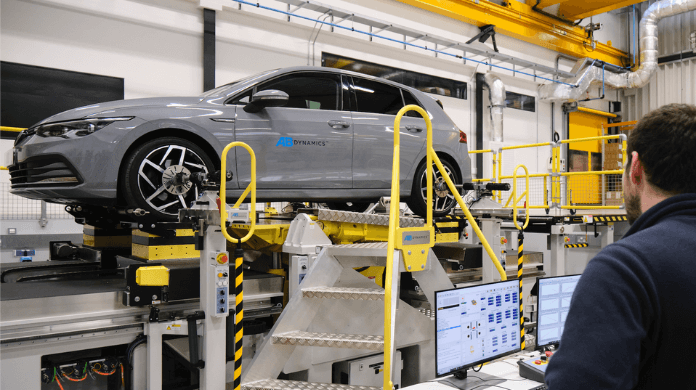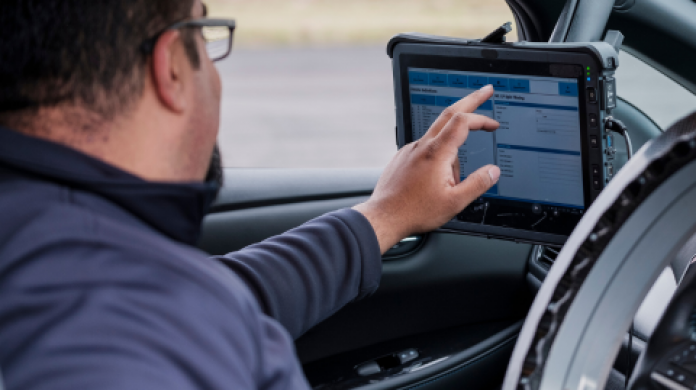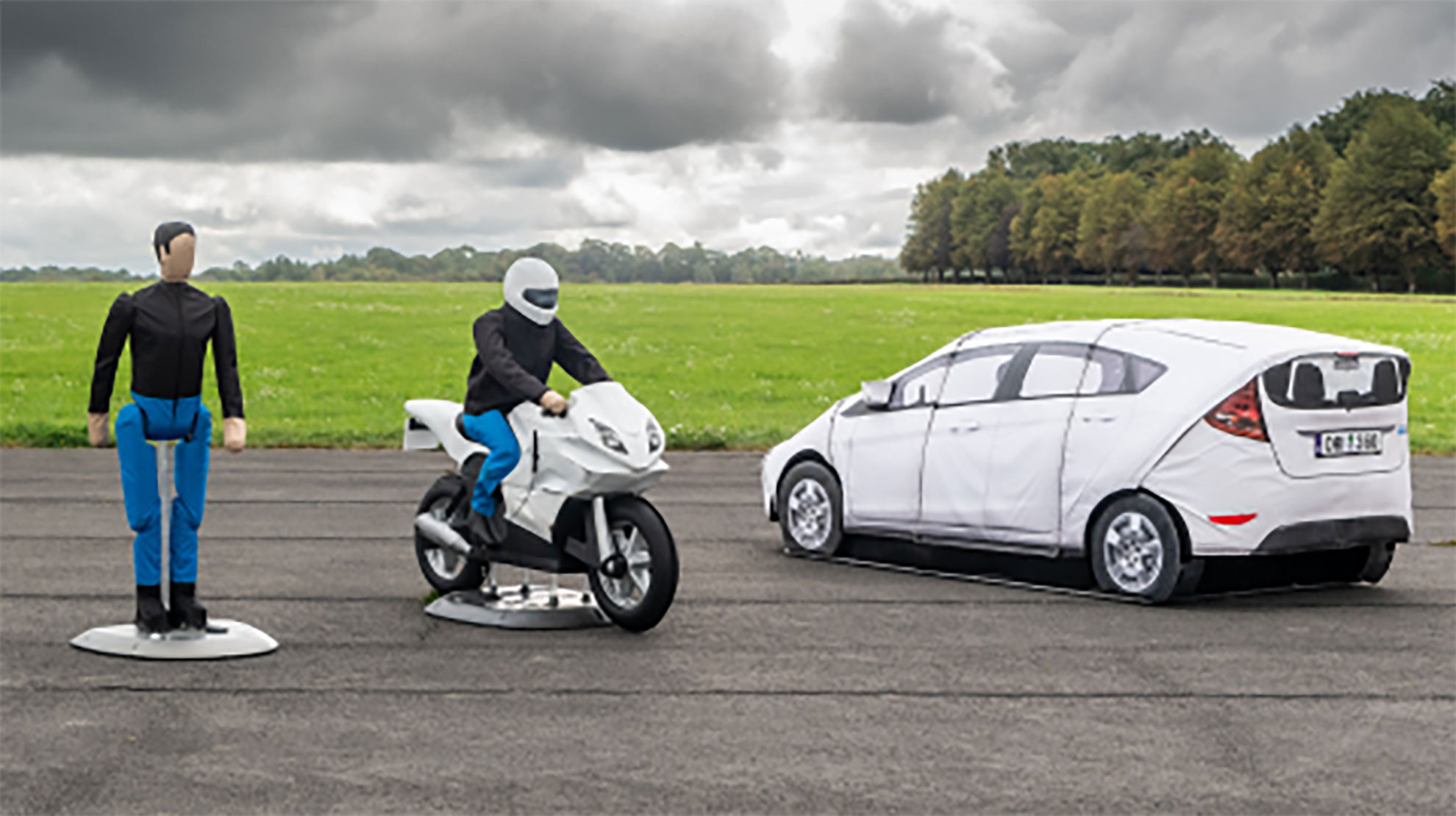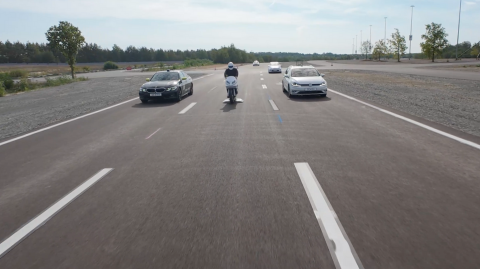For the first time, Euro NCAP’s 2020 Automatic Emergency Braking (AEB) test protocol allows for the possibility of evasive steering to avoid a collision. Emergency Steering Support (ESS) systems assist the driver’s steering input, altering the vehicle path to potentially avoid a collision.

If a potential collision is detected, Emergency Steering Support systems can act much later than conventional AEB (limited to braking alone), whilst still avoiding a collision. This is because at higher speeds its often more effective for a vehicle to steer around rather than brake to avoid a stationary or slow-moving hazard.
For vehicle manufactures, ESS systems provide enhanced safety whilst reducing the occurrence of false positives (unwanted intervention). Because ESS systems can act much later, unnecessary and premature braking can be avoided which would otherwise be an annoyance to consumers.
Emergency Steering Support systems must only intervene when there is intent from the driver. Typically, this means the driver must initiate the turn, but the ESS system can then take over applying sufficient torque to rapidly steer around the hazard. Testing ESS systems therefore needs precise control of the steering so that the system can be triggered repeatably on approach of a hazard. The testing can be easily accomplished using AB Dynamics' driving robots that not only allow for precise path-following control of a vehicle, but also a multitude of options for triggering defined steering inputs, simulating the panic input from a driver in response to an impending collision.
By combining resources with Euro NCAP test labs BASt and Thatcham, and alongside leading vehicle manufactures, AB Dynamics' driving robots have helped to develop a method for testing ESS.
A direct comparison of vehicle performance with and without ESS can now be made, thanks to the repeatability afforded by driving robots.
The two videos show the difference in performance when ESS is active, compared to when it is disabled. In both cases identical steering control is provided by AB Dynamics' robots whilst approaching the Global Vehicle Target. The stark contrast is evident – these technologies really can help to save lives by preventing collisions.











